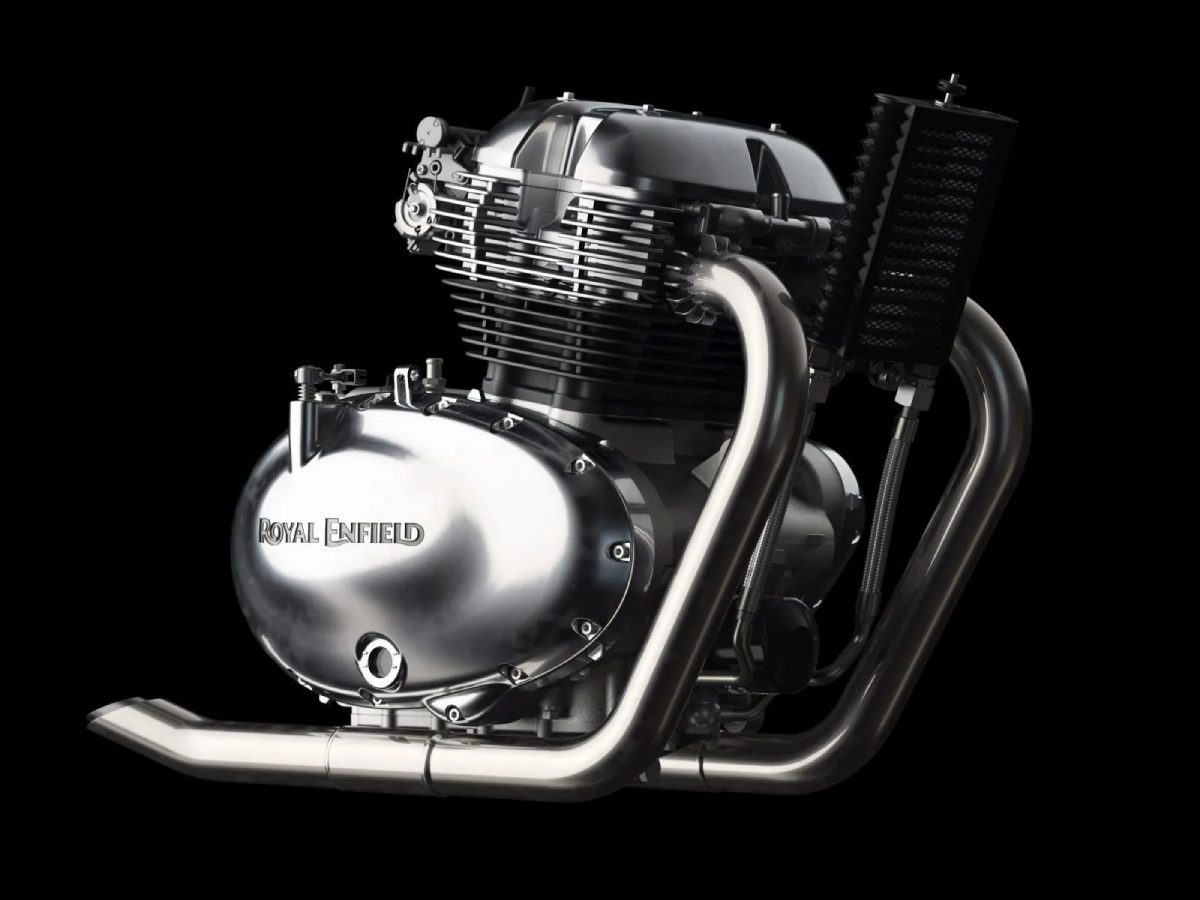
What is a Liquid or Water Cooled Engine in Bikes?

The usage of water cooled engines has become quite common in modern bikes, providing efficient heat management. These engines use a mixture of water and coolant to efficiently regulate temperature during operation, accounting for higher thermal efficiency and more consistent performance.
In this blog, we will delve into their construction, advantages in temperature control and more.
What is a Liquid Cooled Engine?
A liquid cooled engine, also called a water cooled engine is an internal combustion engine that requires liquid, typically water, to manage its operating temperature. Most modern high-end bikes use liquid/water cooled engines.
In the past, engines relied solely on pure or distilled water for engine cooling. However, with technological advancement, manufacturers started using a mixture of water and coolant. This led to the popularity of liquid cooled engine bikes. The coolant used is a combination of water and concentrated coolant, usually in a 1:1 proportion.
In modern times, most engines use a closed water cooling system to regulate the engine temperature effectively.
What is a Closed Circuit Water Cooled Engine?
A water cooled system utilises a cold and pressurised cooling system which helps increase the boiling point of water to temperatures above 110 degrees Celsius. As a result, the water does not evaporate quickly and can be used for extended periods of time. The hot engine components, like the block and cylinder head, transfer their heat to the circulating water.
The heat dissipation here depends upon several factors, like the surface area of the metal in contact with water, rate of water flow, and airflow, to name a few. Thereafter, a cooling fan assists in cooling the water as it passes through the radiator.
How are Water Cooled Engines Constructed?
In a water cooled engine, the construction includes water jackets within the cylinder head and engine block. These water jackets are passages carved out to allow coolant circulation. By having the coolant in direct contact with the hot surface, it effectively absorbs the heat generated during combustion.
Further, a water pump is incorporated into the cooling system to enhance coolant flow, thus ensuring temperature regulation and optimal heat transfer.
What is the Role of Coolant in Engines?
The engine coolant, better known as antifreeze in some geolocation, helps prevent the engine from overheating and keeps it running in optimal condition. But this is not the only role a coolant plays. It also performs some other crucial tasks, as listed below:
- It contains additives that provide lubrication to the engine’s moving part. This lubrication process helps reduce friction on components like water pumps, piston timing, cylinder walls, and more.
- Coolants are specially formulated to provide antifreeze protection by lowering the freezing point of the coolant.
- The additives found in coolant form a protective layer on metal surfaces, thus protecting the engine’s internal components from rust.
- Proper coolant selection helps reduce the risk of electrolysis. Electrolysis is a chemical reaction that can lead to the degradation of metal surfaces.
What is the Role of Thermostats in Water Cooled Engines?
The primary role of a thermostat is to regulate the engine’s temperature within the desired range for optimal operation. It basically acts as a valve that opens and closes based on the engine’s temperature. The thermostat is closed when the engine is cold, thereby stopping the coolant from flowing to the radiator.
Once the engine reaches a desired operating temperature, the thermostat opens up, enabling the coolant to enter into the radiator. The flow is adjusted to maintain a stable temperature, preventing the engine from either overheating or excessive cooling!
What are the Advantages of Liquid Cooled Engines in Bikes?
Here are some of the key advantages of liquid/water cooled engines:
- A liquid cooling system is highly effective, especially on multi-cylinder engines, as it provides balanced cooling to each cylinder, thus preventing overheating issues.
- They are designed to effectively maintain the engine’s temperature, which improves fuel efficiency and reduces the chances of engine damage due to overheating.
- By maintaining a controlled temperature, liquid cooling helps improve the engine’s thermal efficiency.
- As stated above, liquid cooling utilises a closed cooling system, which helps significantly to reduce water loss through evaporation.
- By ensuring appropriate coolant mixture, liquid or water cooled engines can survive different climatic conditions.
What are the Disadvantages of Liquid Cooled Engines in Bikes?
- Water cooled engines require additional components like water pumps, thermostats etc., to operate, which can lead to higher manufacturing costs and maintenance expenses.
- These types of engines feature a more complex design required for effective cooling, which can increase the overall production expenses of the engine.
So, water cooled engines offer various advantages, including efficient temperature control and improved performance. Despite a few drawbacks, they remain a renowned choice for their ability to maintain stable operating temperatures in bikes.











 Continue with
Continue with





